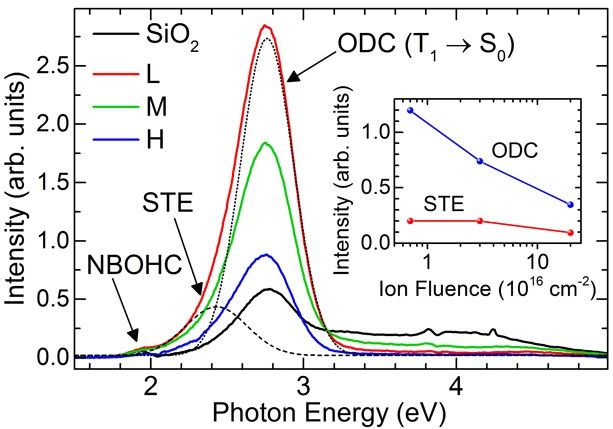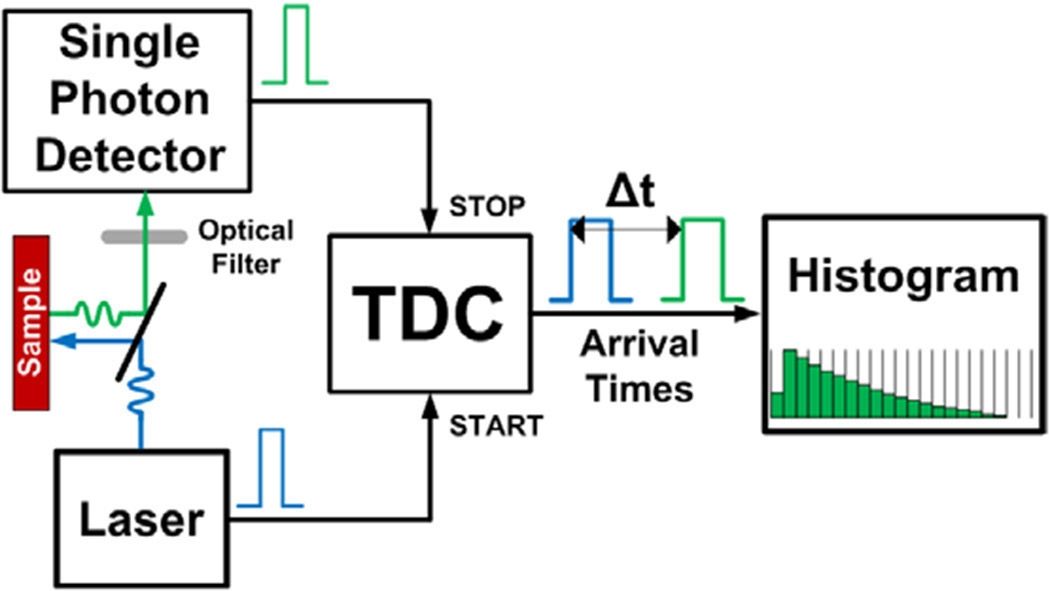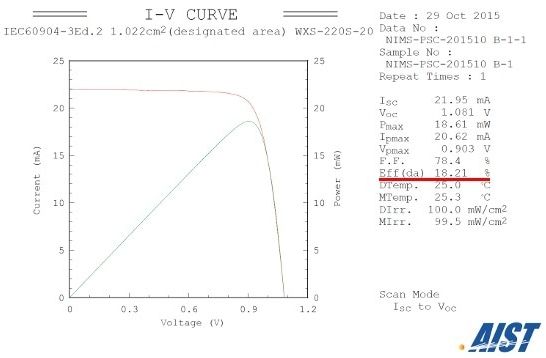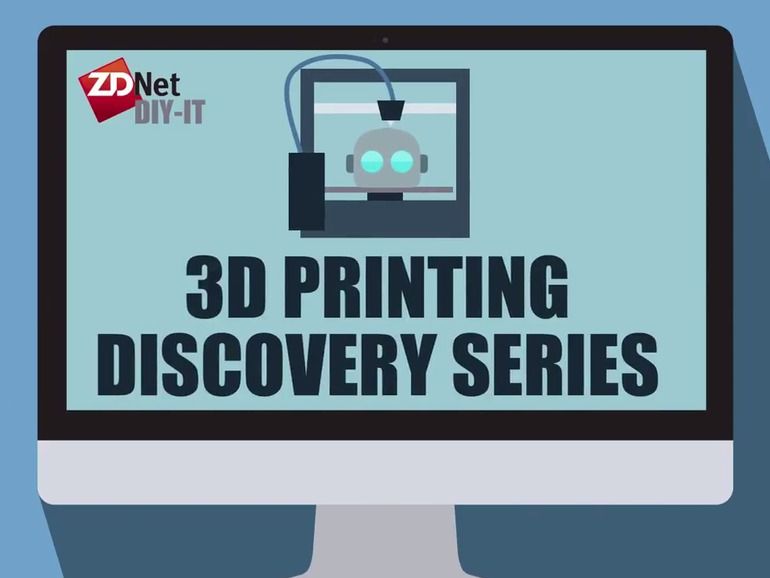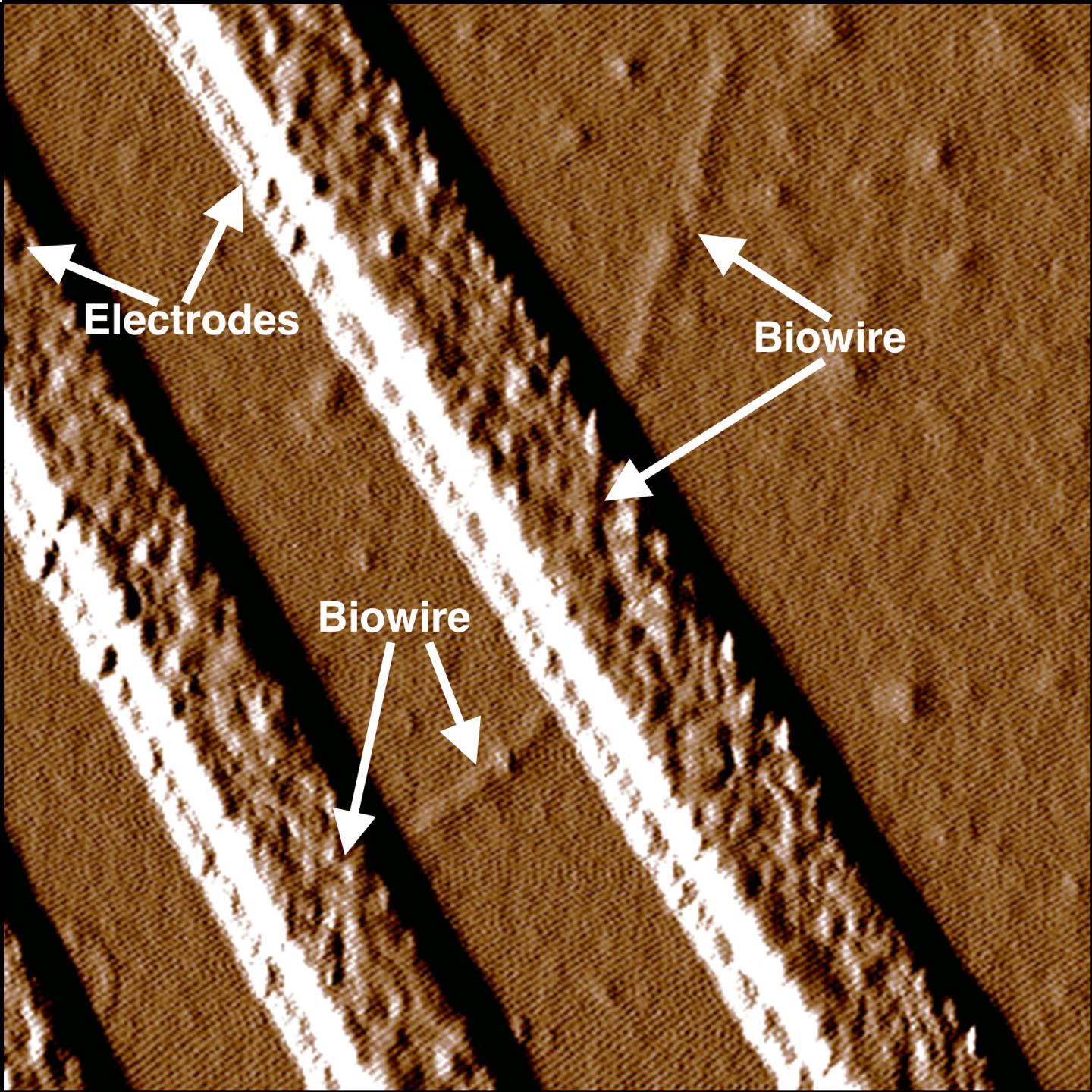Jul 15, 2016
Optical magnetic field sensor can detect signals from the nervous system
Posted by Karen Hurst in categories: neuroscience, quantum physics
Quantum physics: The human body is controlled by electrical impulses in, for example, the brain, the heart and nervous system. These electrical signals create tiny magnetic fields, which doctors could use to diagnose various diseases, for example diseases of the brain or heart problems in young foetuses. Researchers from the Niels Bohr Institute have now succeeded in developing a method for extremely precise measurements of such ultra-small magnetic fields with an optical magnetic field sensor. The results are published in the scientific journal, Scientific Reports.
Assistant Professor Kasper Jensen in the Quantop research group’s laboratories at the Niels Bohr Institute where the experiments are carried out. (Photo: Ola Jakup Joensen)
Small magnetic fields from the human body can usually only be picked up by very sensitive superconducting magnetic field sensors that have to be cooled by liquid helium to near absolute zero (which is minus 273 degrees Celsius). But now researchers from the Niels Bohr Institute at the University of Copenhagen have developed a much cheaper and more practical optical magnetic field sensor that even works at room temperature or at body temperature.
Continue reading “Optical magnetic field sensor can detect signals from the nervous system” »


